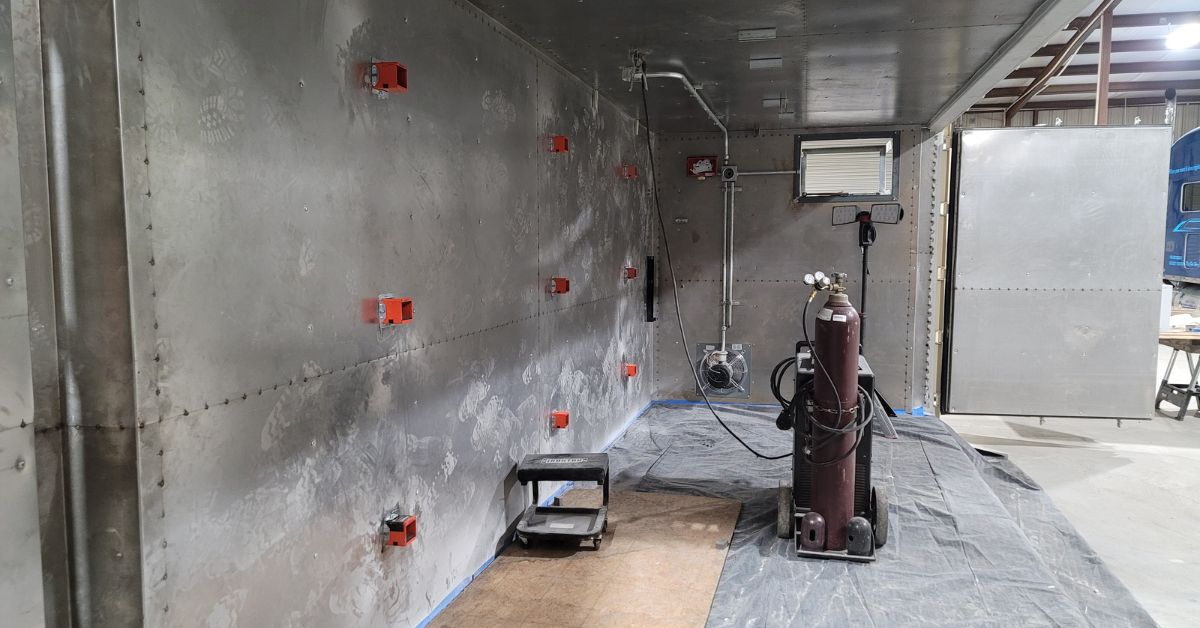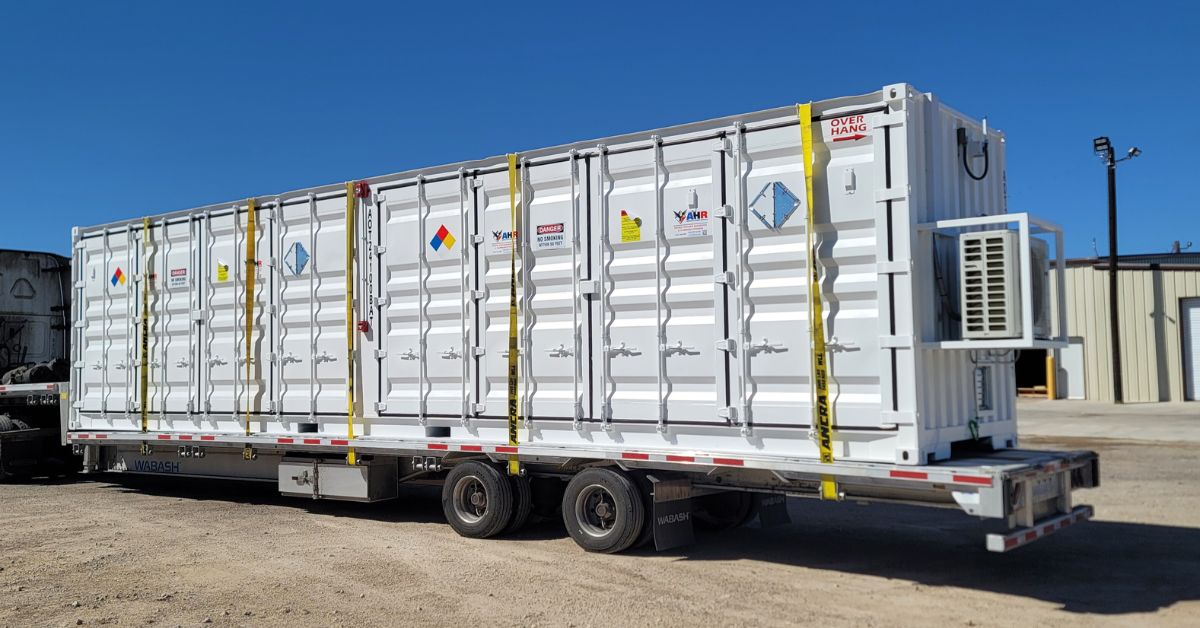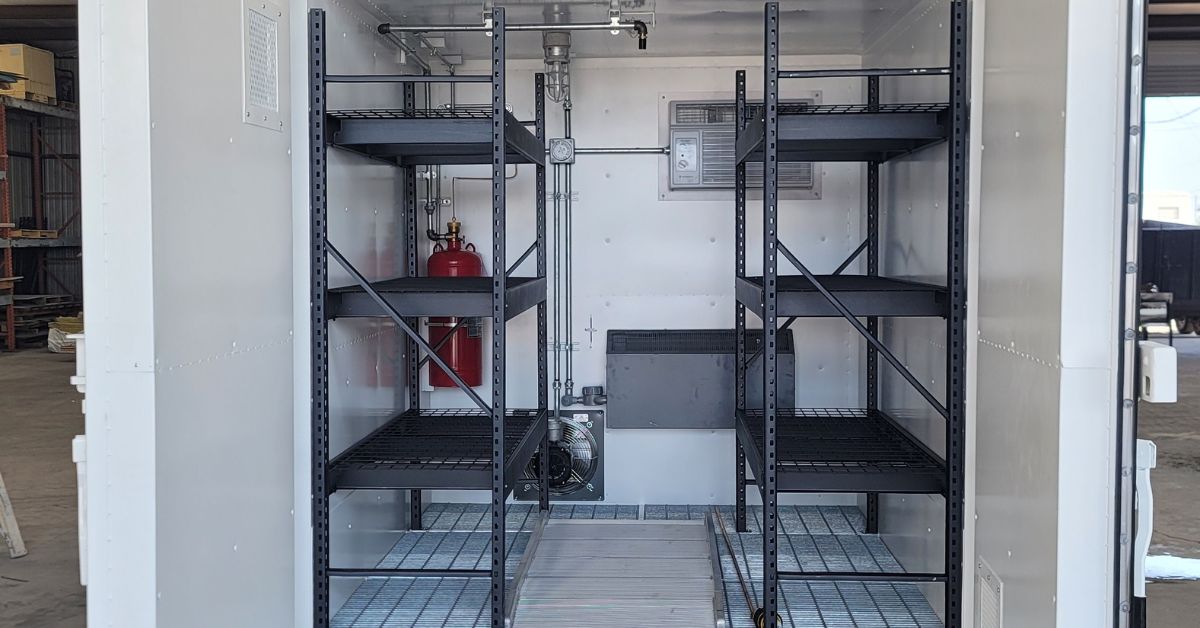
Practically every industry deals with hazardous materials of one kind or another, and the renewable energy industry is no exception. As such, many organizations in this sector face a growing challenge—managing the hazardous materials (hazmat) intrinsic to energy production and equipment maintenance. Proper storage directly impacts safety, compliance, and operational efficiency, aiding sustainable energy solutions. This article explores how hazmat storage impacts the renewable energy industry while aligning with safety and environmental standards.
Understanding the Role of Hazmat Storage in Renewable Energy
Renewable energy provides a cleaner, more sustainable way to produce energy, but that doesn’t mean it’s free from danger. Even in renewable energy operations, several types of hazardous materials are unavoidable. These materials may include chemicals like lithium and other battery components, fuel cells, thermal fluids, and lubricants. These substances require meticulous handling and storage to prevent safety risks ranging from workplace accidents to environmental damage.
Furthermore, proper hazmat storage ensures compliance with federal, regional, and local regulations, for example, OSHA and NFPA standards or city ordinances. Adhering to these requirements minimizes legal risks and fosters public trust. This is one way hazmat storage impacts the renewable energy industry.
Hazmat Storage in Solar Energy Production
It seems like solar energy would be free from the threat of hazardous materials. After all, solar cells collect energy from the sun’s rays and store it away. What sort of hazmat could that generate? You would be surprised.
Solar panels are made from heavy metals and chemicals, some of which are flammable or corrosive. Facilities storing large quantities of these materials must implement fireproof storage solutions to protect their employees and the surrounding environment. A double-door fireproof shipping container permits the safe and easy storage of these chemicals at appropriate temperatures, preventing exposure to air or ignition sources. This enhances on-site safety and promotes efficient operations.

Battery Storage and Recycling in the Renewable Energy Sector
As mentioned, battery systems, such as those used for lithium-ion batteries, are required for renewable energy systems. They store excess solar and wind energy for future use. But before they’re attached to or removed from solar- or wind-power systems, they must be stored somewhere. Battery manufacturing and recycling both generate combustible byproducts. Appropriate storage solutions are necessary for batteries that have yet to be used or that are being held for disposal to prevent fires and contamination.
Highly-rated storage containers protect against dangerous accidents by serving as secure barriers. What’s more, spill containment features help manage battery-recycling byproducts, keeping spills and leaks from escaping into the facility or surrounding environment. This proactive approach to hazardous material storage ensures batteries perform their duties while protecting workers, the community, and the ecosystem.
Sustainability Challenges in Wind Energy Facilities
Surely wind power is 100 percent “clean,” right? For the most part, yes, but windmills and their attendant machinery often require petroleum and other products to work properly. Lubricants, hydraulic fluids, and other hazardous substances are necessary for turbines and generators to operate as well as for their ongoing maintenance.
Wind energy itself is clean, renewable, and an excellent alternative to fuel-burning methods, but the products needed to facilitate the process can be toxic, flammable, or reactive. Thus, strategic storage solutions are required for these products to keep them out of the surrounding ecosystem and to protect workers from exposure.
Hazardous Waste Management in Bioenergy Plants
Bioenergy plants frequently rely on waste materials, including methane and organic byproducts, to generate energy. However, the processes used to break down and store biofuels often result in hazardous material creation. Explosions, fires, and toxicity are just some of the hazards posed by biofuel generation. Luckily, secure container storage mitigates risks by making materials and fuels easier to access, monitor, and safely dispose of. A dual-door storage container setup, for example, promotes “first-in, first-out” access, simplifying hazardous waste removal protocols while reducing the potential for accidents.

Economic Benefits of Standardized Hazmat Storage
Safety in hazmat storage pays off, and not just in the obvious and important way of protecting lives! Proper hazmat storage creates several economic opportunities within renewable energy operations. Protective measures and storage containers reduce downtime. They offer enhanced protection during emergencies, allowing workers to mobilize and prevent the spread of potential or further destruction outside the containers. Replacing damaged equipment and infrastructure after an accident is expensive. Hazmat storage keeps the damage contained to a smaller area, reducing the expenses of rebuilding and detoxifying important parts of the facility.
Adopting standardized hazmat storage also reduces insurance premiums. Many insurers reward renewable facilities for meeting federal storage standards by offering lower rates and other deals. Companies can easily reinvest these savings into other renewable initiatives, accelerating progress and saving energy. This makes going green even easier!
Futureproofing Renewable Energy Through Storage Innovation
The best way to promote renewable energy is by constantly looking toward the future. Keeping pace with the latest innovations in hazmat storage is part of that practice. Facilities that pair their sustainability goals with cutting-edge hazmat solutions demonstrate a strong commitment to operational efficiency, safety, and the planet.
Preemptively integrating adaptable hazmat storage prepares a company or facility for the growing challenges of renewable energy. Futureproofing your facility ensures flexibility and versatility in the years to come. A safe and secure space is better grounds for new ideas in sustainable energy to take root.
Building a Culture of Safety and Responsibility
Having the right storage gear is vital, but you must train employees to uphold a workplace culture that prioritizes safety and personal responsibility. Remind employees, stakeholders, and partners that compliance and care are integral to long-term operational success. Let workers know how hazmat storage solutions work, how they can enhance those solutions through mindfulness and regular inspections, and how to mobilize in the event of an emergency. Facilities that use proper hazmat storage, perform routine inspections, and provide employee training comply with regulations and inspire confidence among workers in the industry.
These are just a few ways hazmat storage impacts the renewable energy industry. By investing in specialized solutions, businesses fortify their operations while advancing global sustainability goals. Want to learn more? Contact us for a consultation about the right storage solutions for your facility. We look forward to speaking with you!